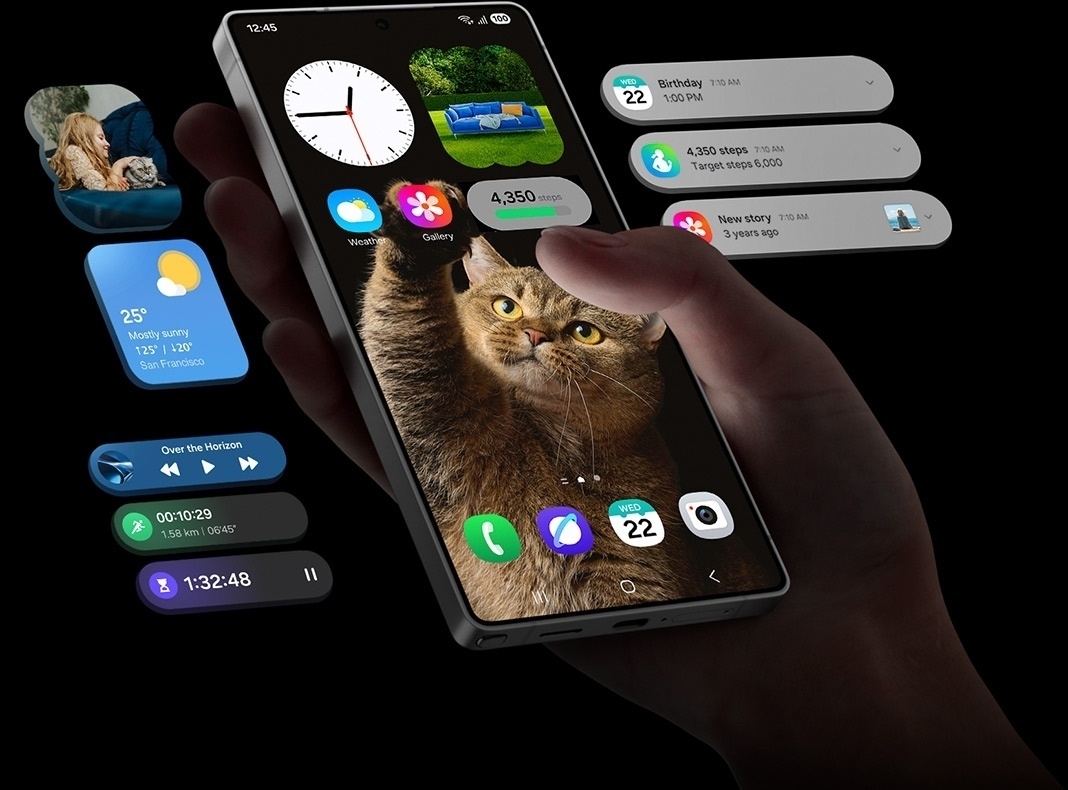Samsung Galaxy S25 Ultra: Good, Great, ...Meh?
When I think of “Ultra,” I assume it’s the top-tier product in a series. I expect a premium price and a premium experience. This reminds me of the Chromecast Ultra. Despite being 5x less than the price of the S25 Ultra, the upgraded tier from the regular $35 Chromecast gives an idea of what that “Ultra” separation brings: more features, higher quality, etc.
Allison Johnson’s review of the Samsung Galaxy S25 Ultra for The Verge paints a disappointing picture, further defining the “Ultra” space:
“The S24 Ultra downgraded the 10x zoom to a 5x, which is just okay at 10x, despite Samsung’s claims it’s just as good. The S25 Ultra downgrades the smart stylus into a dumb one without Bluetooth connectivity and air control features. I wouldn’t have a problem with that if those things had been sacrificed for some other compelling feature. But I can’t see what’s been added, and at $1,299, this is one of the most expensive phones you can buy that doesn’t fold in half. Don’t get me wrong, it’s a damn good phone. But I think at that price, it’s fair to ask for just a little more.”
You should read the entire review. It suggests to me that Samsung, like Apple, has reached its current peak in smartphone hardware, and Google isn’t far behind as its design language has matured. We’re looking at peak smartphone design now. So much so that Samsung is now removing features that a small minority of people used. Perhaps this is related to potential tariffs, but that’s a topic for another discussion.
A friend who originally pre-ordered the S25 Ultra, coming from the S24 Ultra, has had an entertaining journey. Because there isn’t an immediate difference between the two, he went back and forth with his purchase, taking his followers along for the ride.
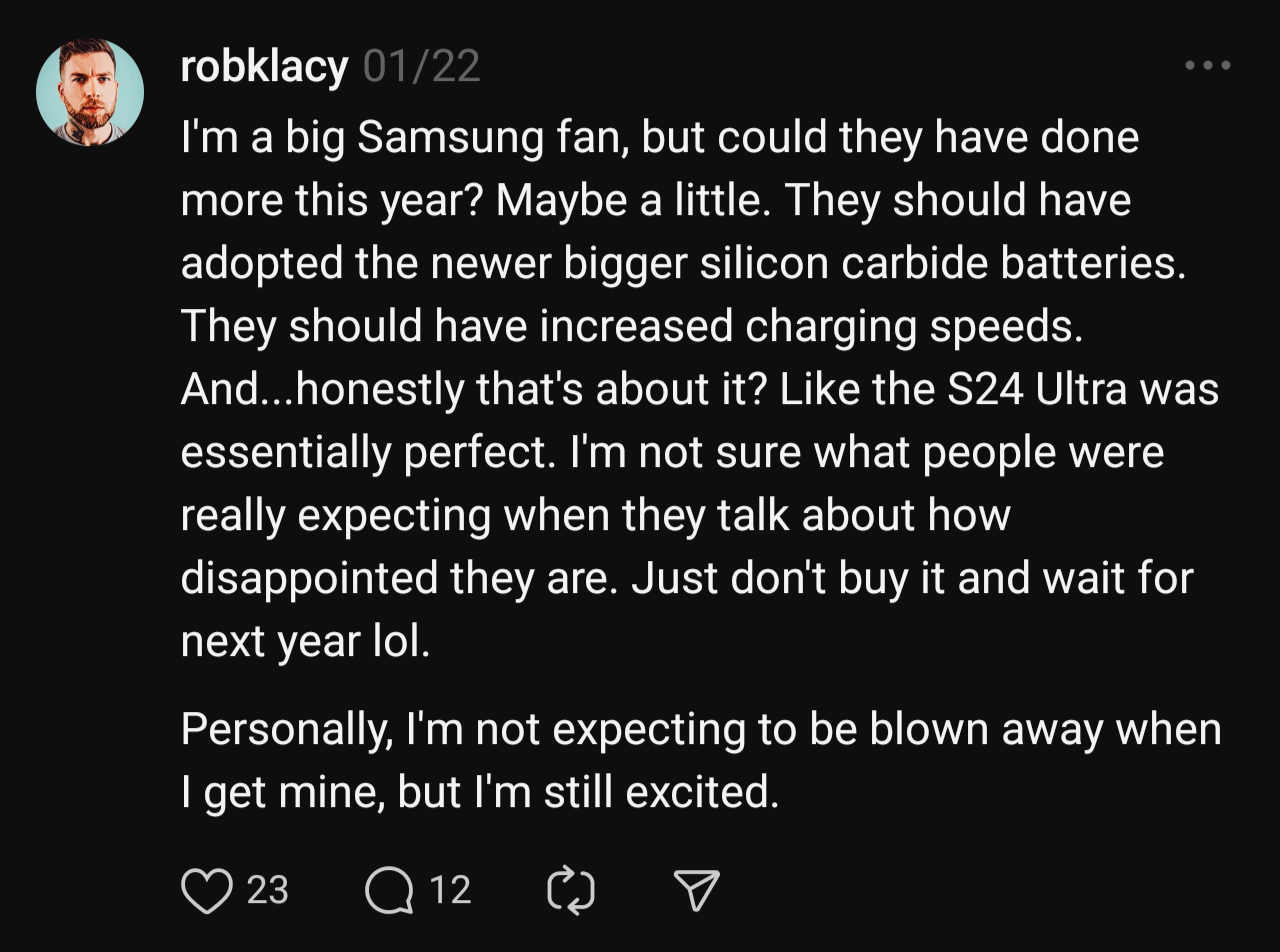
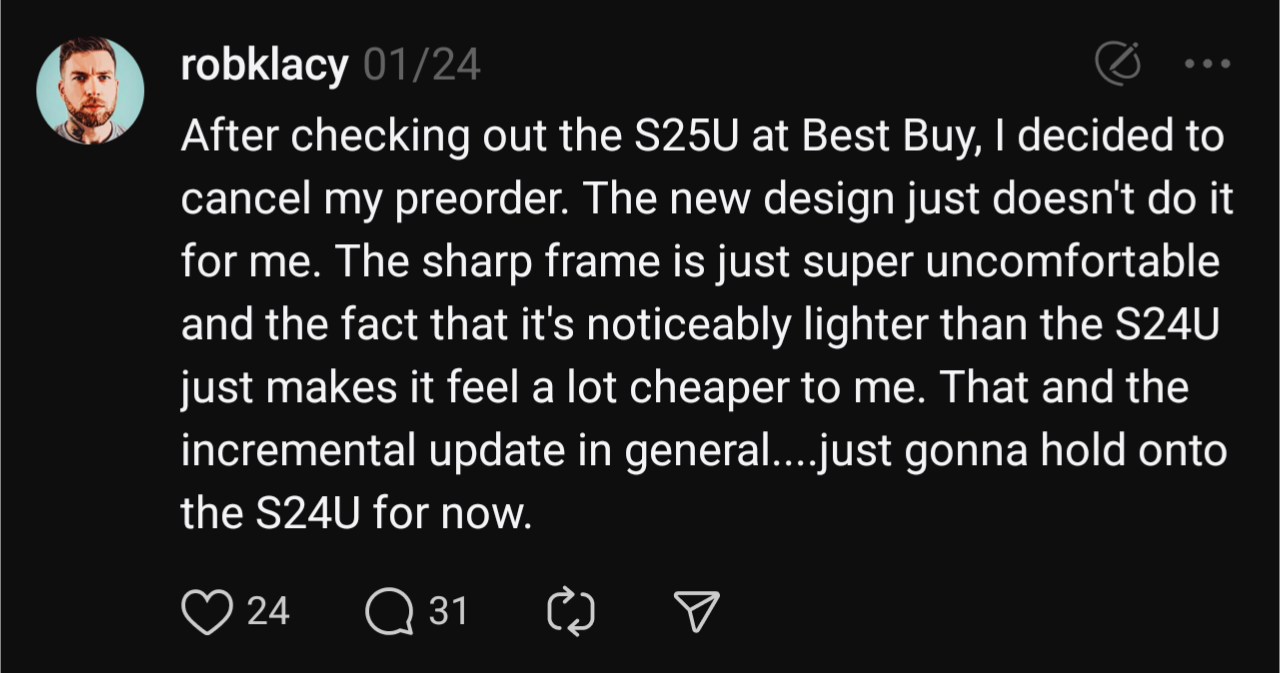
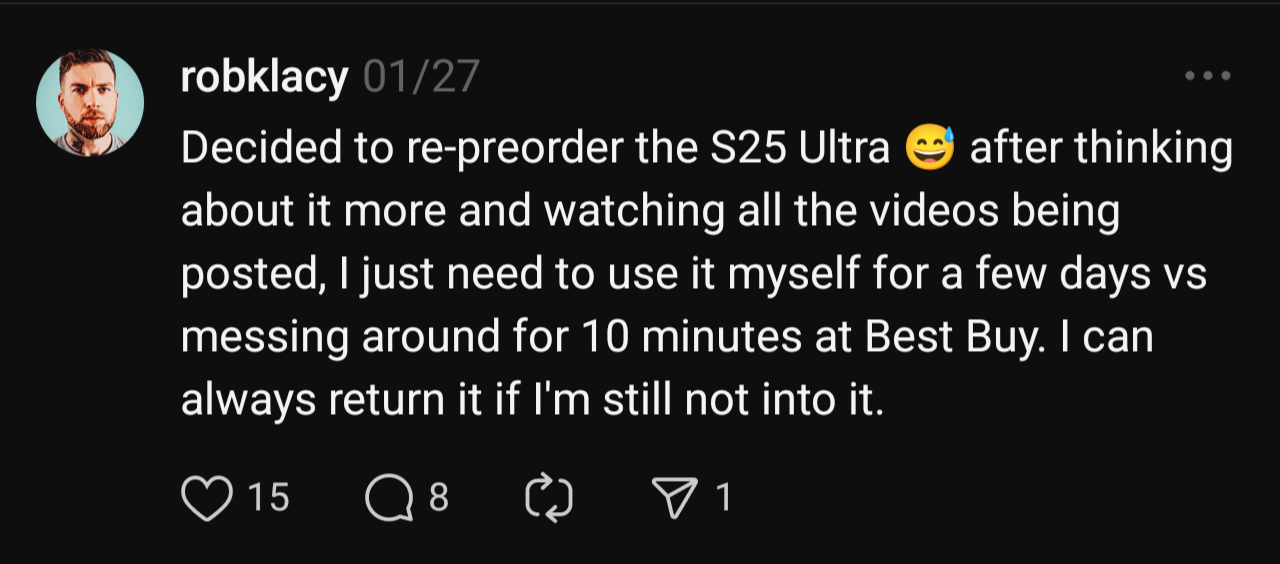
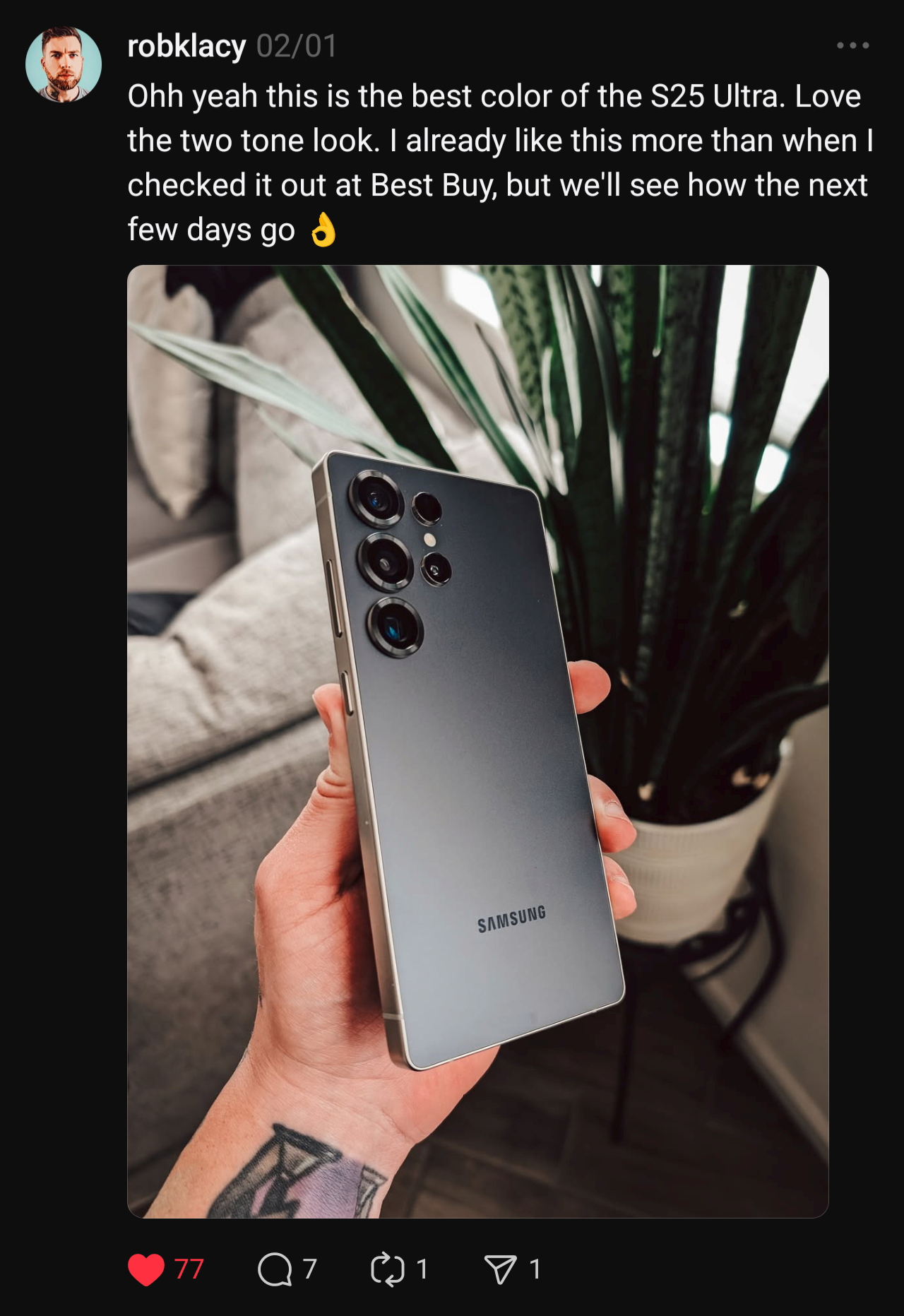
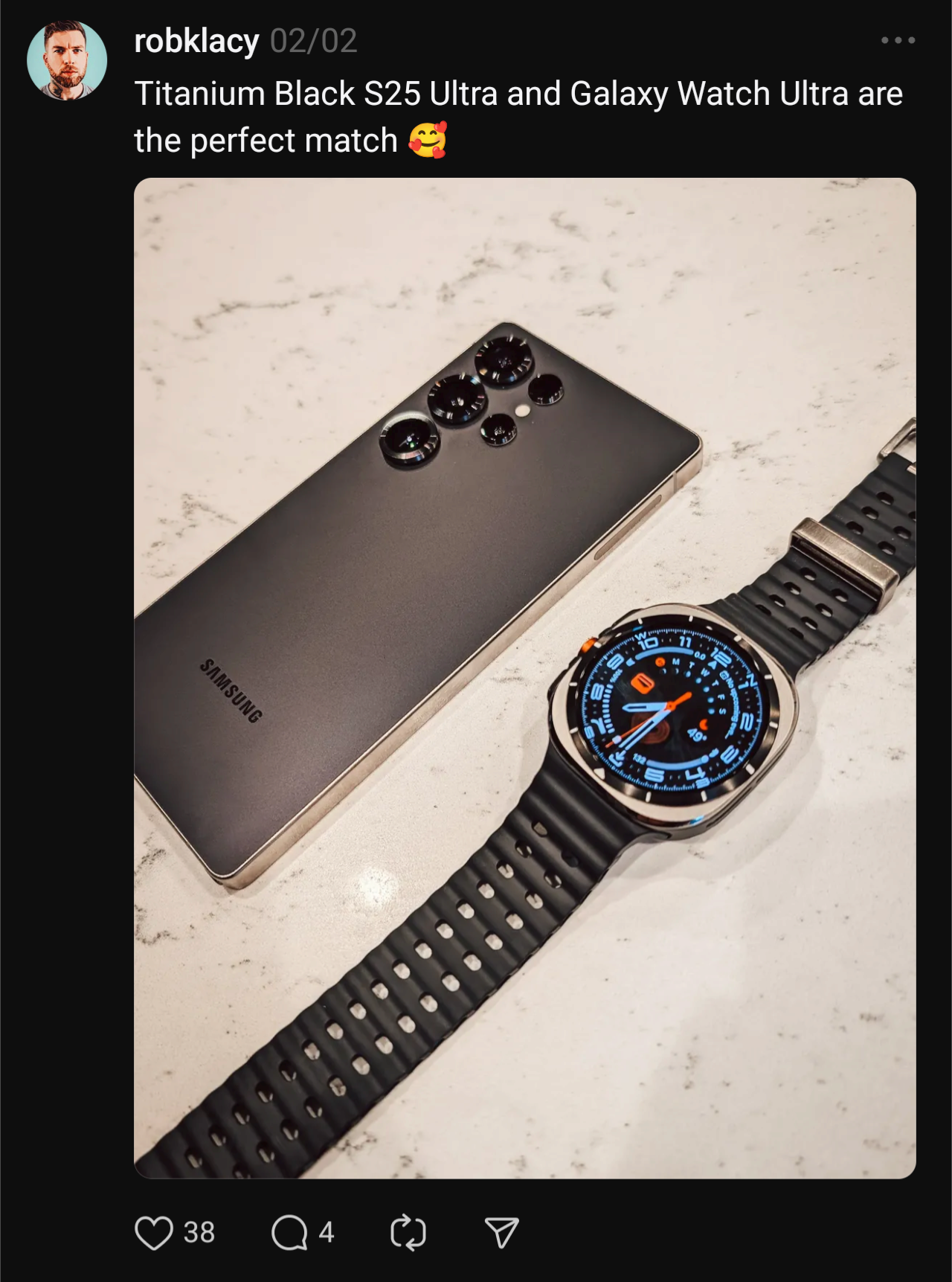
As Rob put it, “Could they (Samsung) have done a little more this year? Maybe a little.” I think so too. However, with all the software, hardware, and AI features that come with the Galaxy S25 Ultra, it truly represents peak smartphone design, especially for the standard smartphone design. The real innovation in hardware comes with the Fold and Flip devices, something Samsung, Google, and OnePlus are pursuing while continuing to optimize and polish their standard form factor phones.
